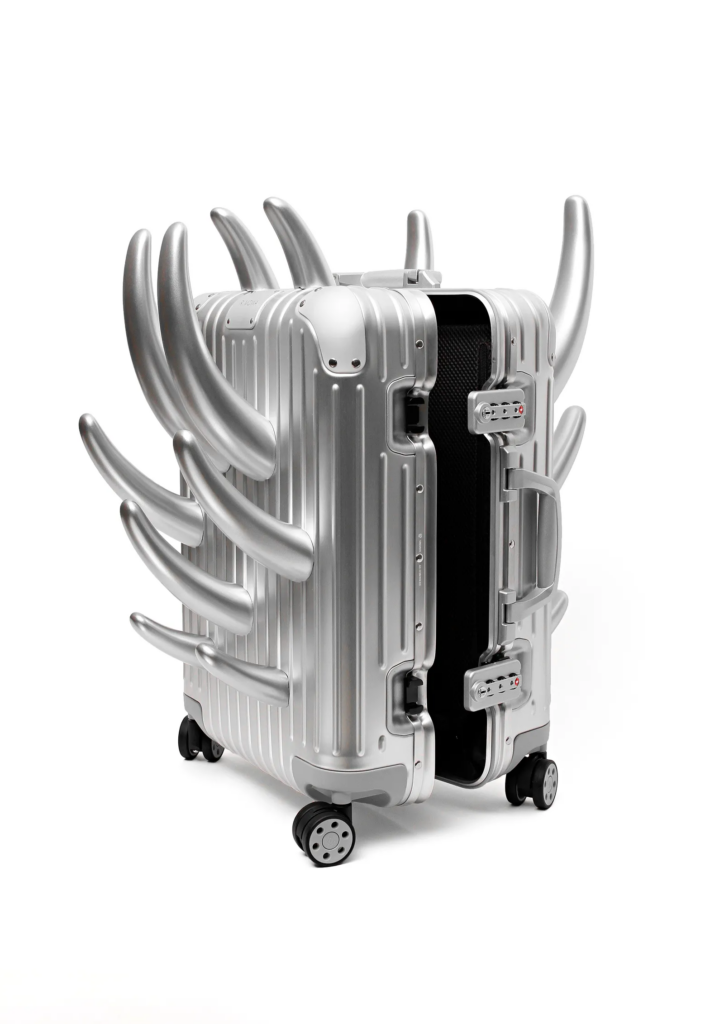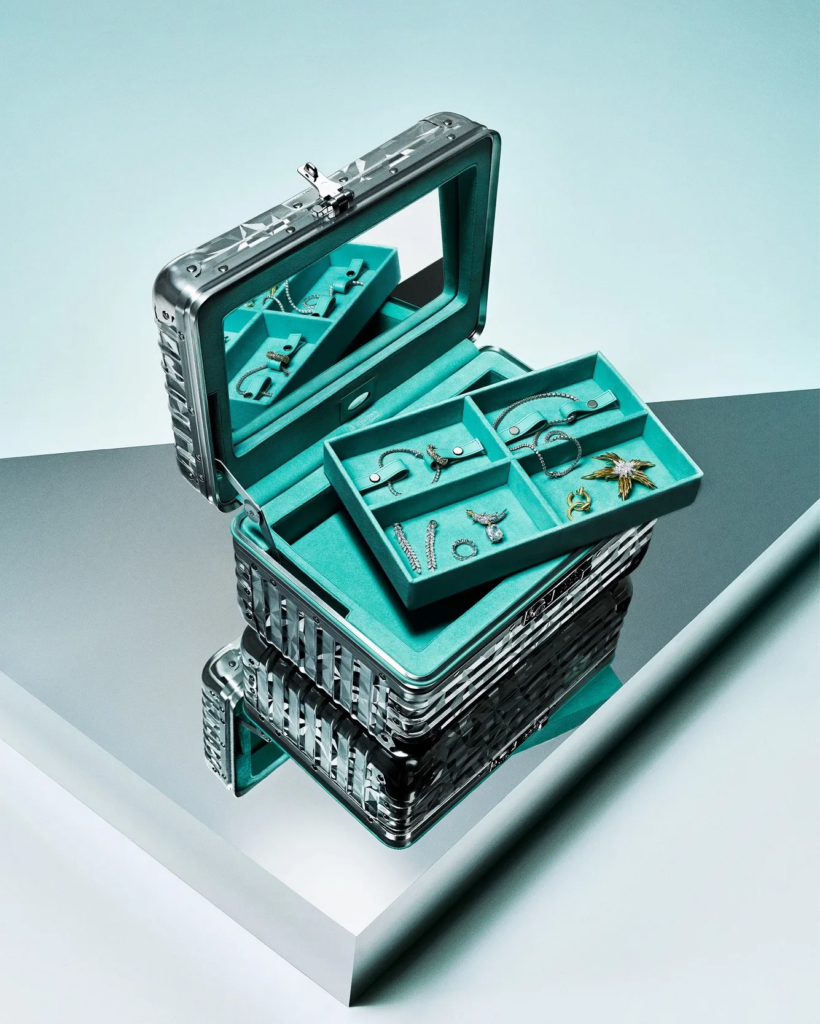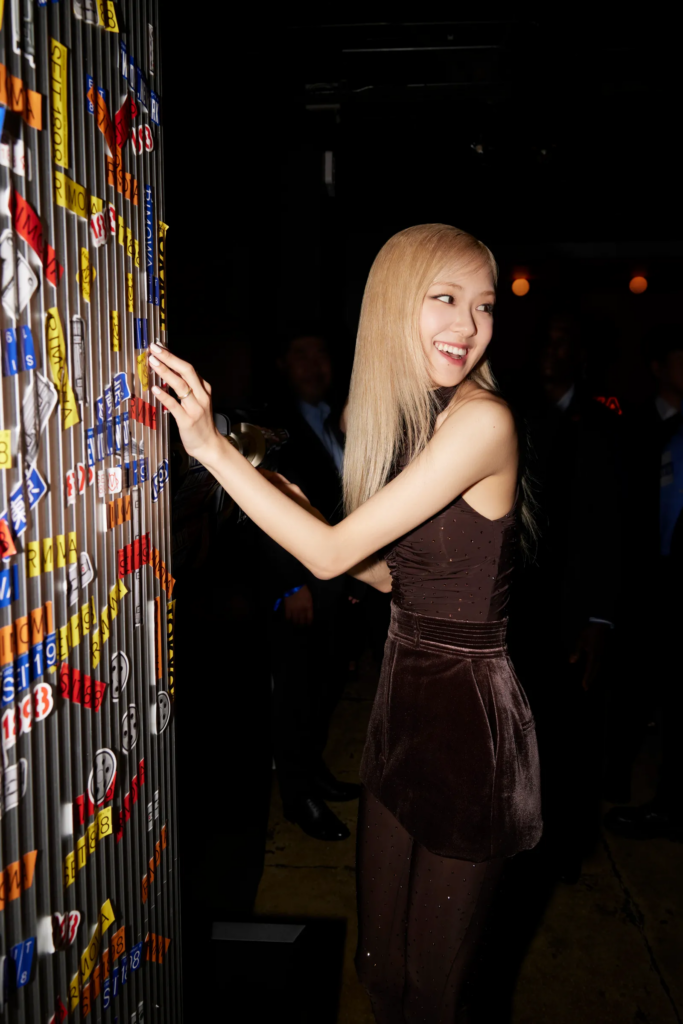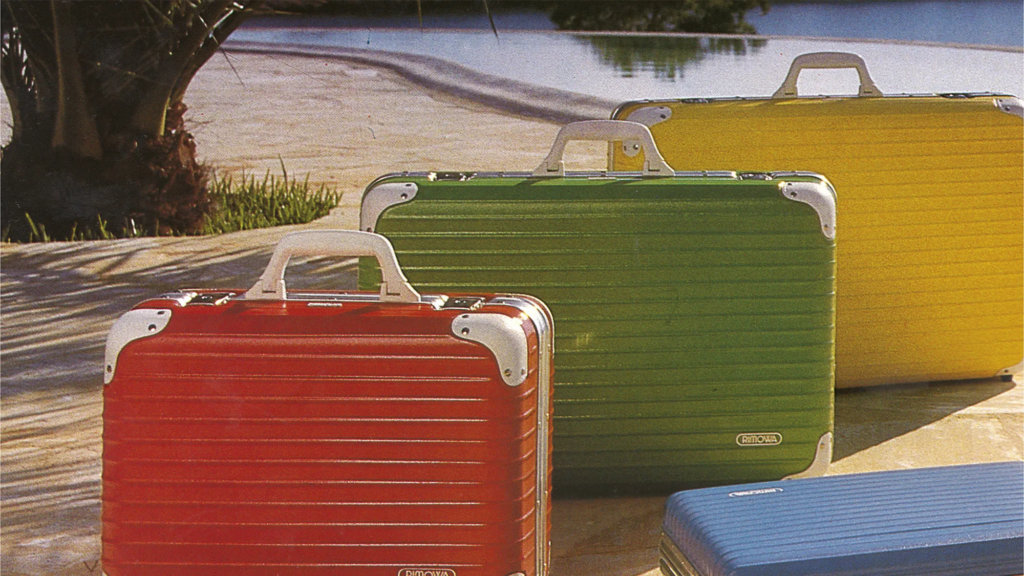
Rimowa, since its establishment in Cologne, Germany in 1898, has been a symbol of elegant travel and has successfully won the hearts of travel enthusiasts. From Roger Federer to Pharrell Williams, they are all Rimowa fans, accompanying global travelers, athletes or artists on their journeys. Whether on vacation, business travel or daily mobility, the wonderful co-branding success since joining LVMH has brought more topics. Let us learn about the birth of this legendary luggage brand!
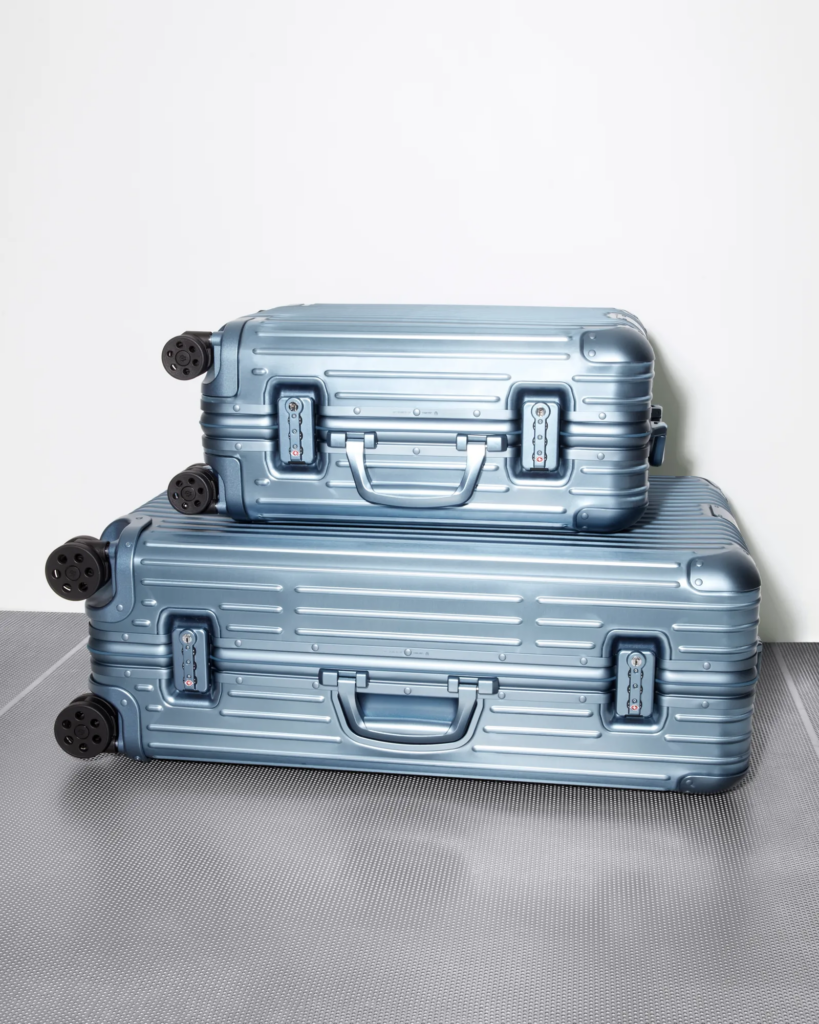
The birth of Rimowa
125 years ago, when Richard Morszeck Warenzeichen founded a company specializing in travel gear, named Rimowa (an abbreviation of his own name), luggage was a luxury item designed for the wealthy in an era when travel was just beginning. Designed for travelers, they are mainly made by luggage and bag craftsmen such as LV or later Hermes (Hermes has realized that the horse and saddlery market will be threatened by the rise of automobiles since the 1920s, and then turned to the development of luggage). As transportation and aviation developed, allowing passengers to fly from New York to London with ease, travel became more common, with routes becoming shorter and more frequent, with destinations further afield: in 1969, Arms Like landing on the moon.
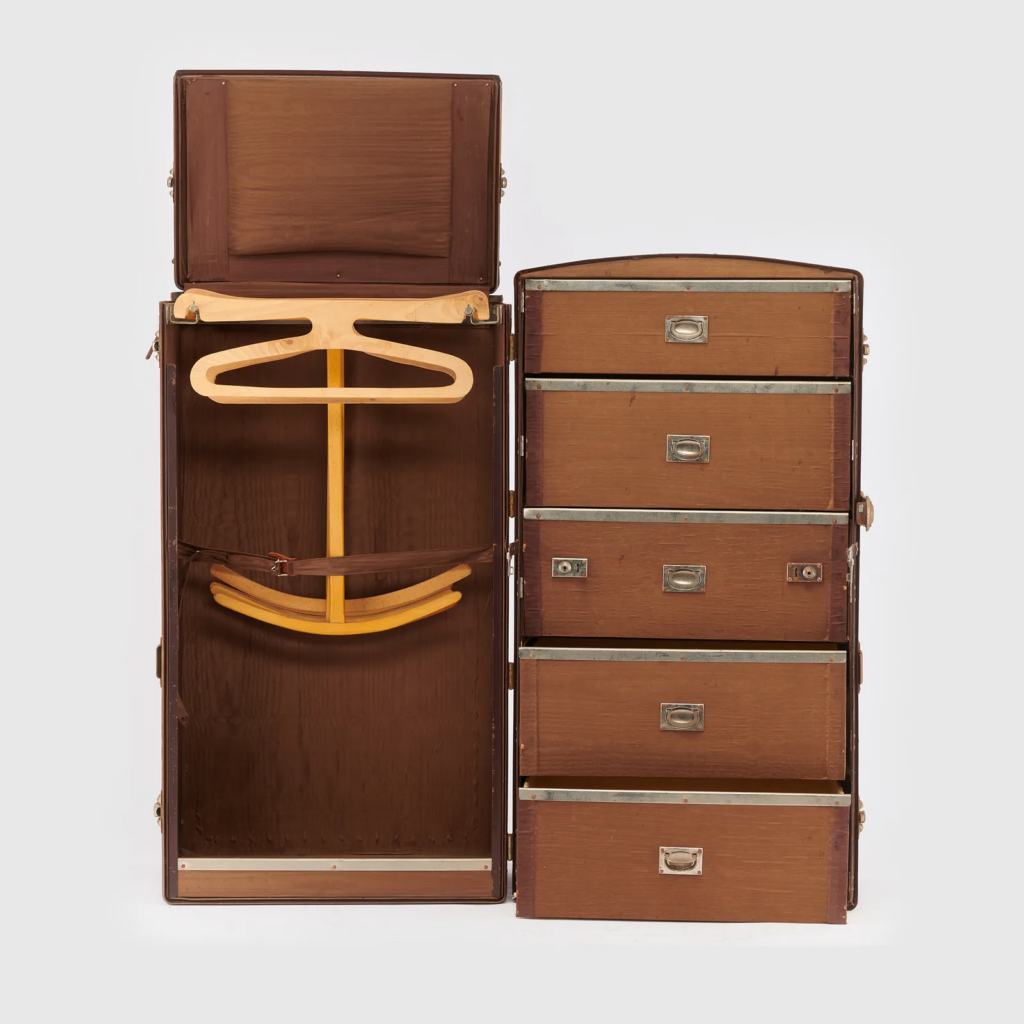
Although Rimowa originally designed the suitcases to be made of wood, they later realized that travel was no longer just about mobility: it became a matter of pleasure or meeting professional needs. In order to adapt to the modern traveller, it became more sophisticated and the concept of the wheel was proposed in the early 1980s. Inspired by the early spirit of aviation, Rimowa put technology at the core of its thinking and in 1927 presented its first aluminum Luggage, this material combines lightness and durability.
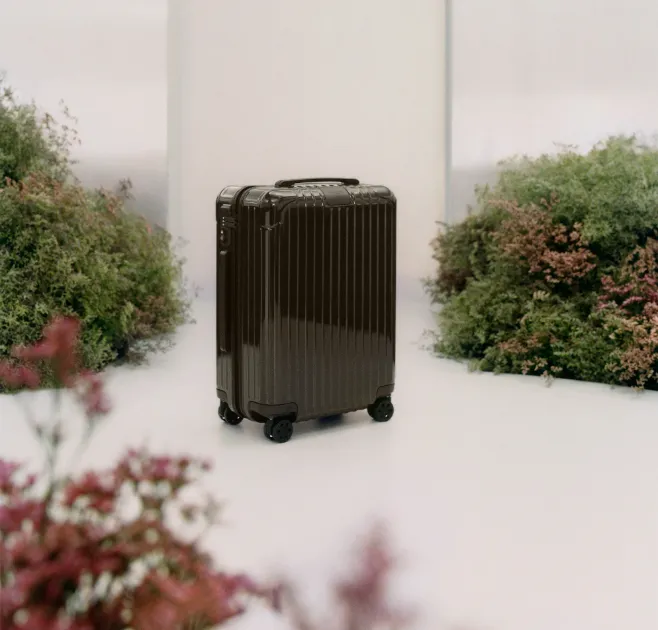
Since its inception, functionality and aesthetics have always been the core values of Rimowa. In 1950, the iconic aluminum stripes were developed, bringing simple design aesthetics into it. The most classic “Original” luggage is With its aluminum striped exterior, the suitcase commemorates the 1919 Junkers F13, the first commercial aircraft made entirely of metal and marking a new era of travel. Similarly, Rimowa launched a stronger and lighter polycarbonate suitcase in 2000. This material was used by NASA in the helmets of the astronauts during the 1969 moon landing. Later, it also introduced more color palettes to provide more Multiple suitcase options. To this day, Rimowa still adheres to its commitment to craftsmanship and advanced technology, and the parts of each suitcase are still assembled by hand.
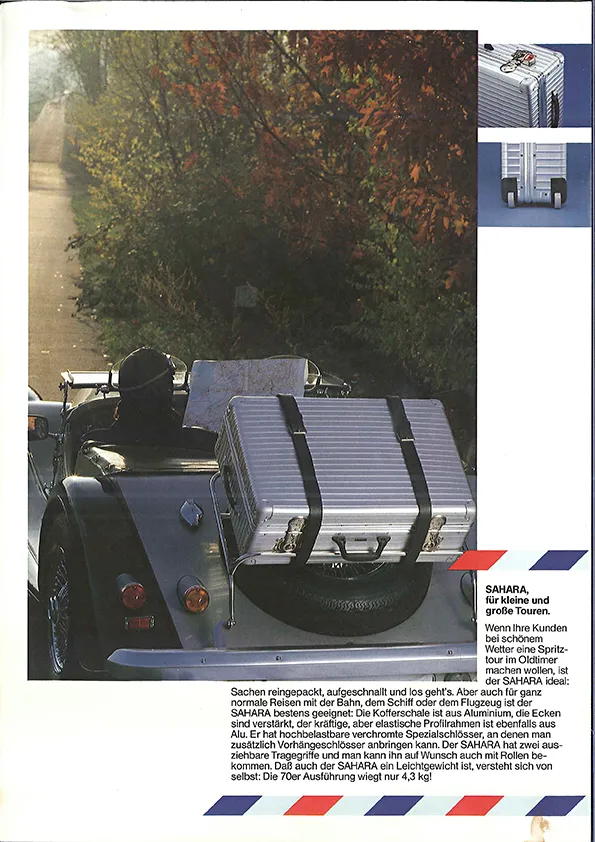
Ode to travel
Rimowa’s products combine design and functionality, conveying the beauty of travel in every detail. Travel is also subjective, a special moment that allows for personal exploration. To meet the unique needs of each traveler and accompany them on their unique journey, Rimowa offers products in a variety of specific sizes, including classic luggage, cabin luggage that can be used for short trips or large cases for longer trips, and Shopping bags or folders for everyday travel, as well as various travel accessories. Rimowa also occasionally launches sets designed for chess players, watch collectors or cigar enthusiasts, often in the form of custom prototypes or unique pieces. This attention to detail is the reason why the famous Tropicana luggage is designed to protect the fragile equipment of a photo crew, photographer or journalist in tropical humidity or arctic cold.
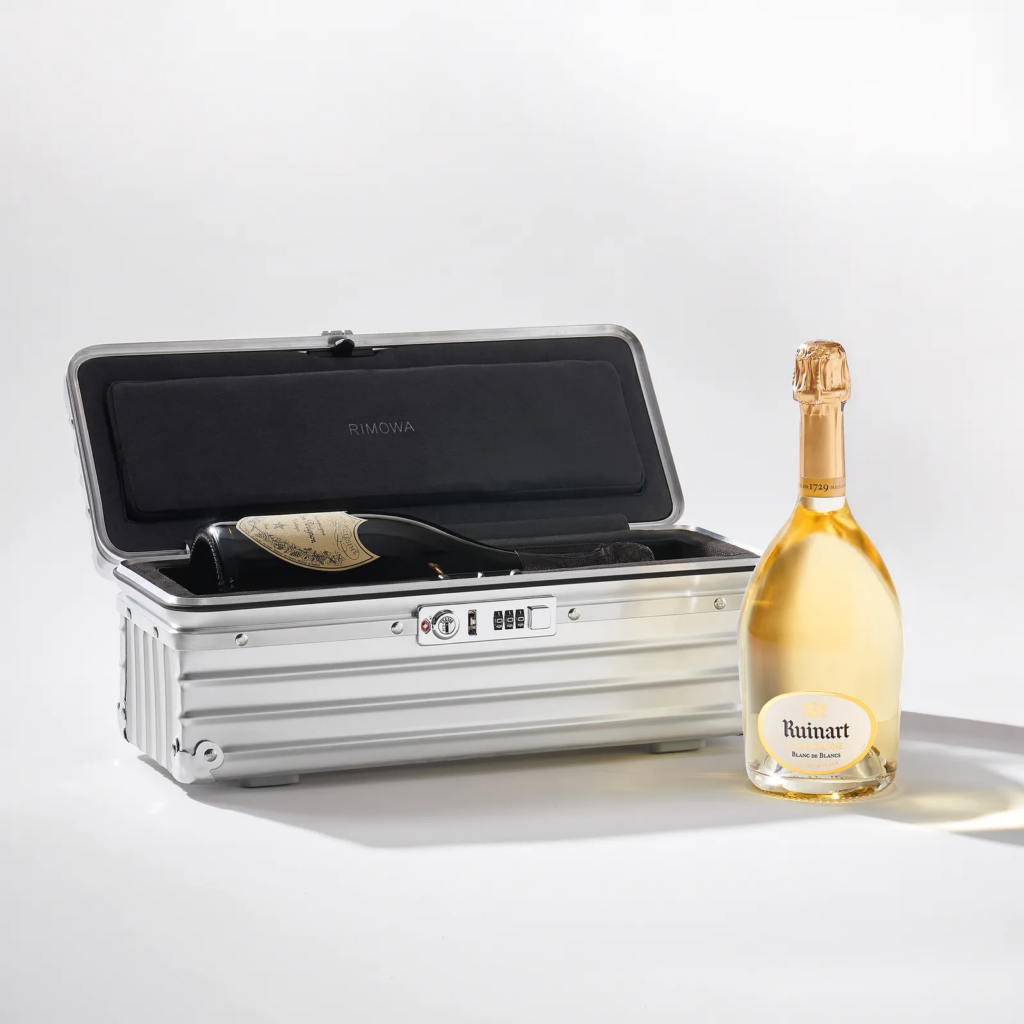
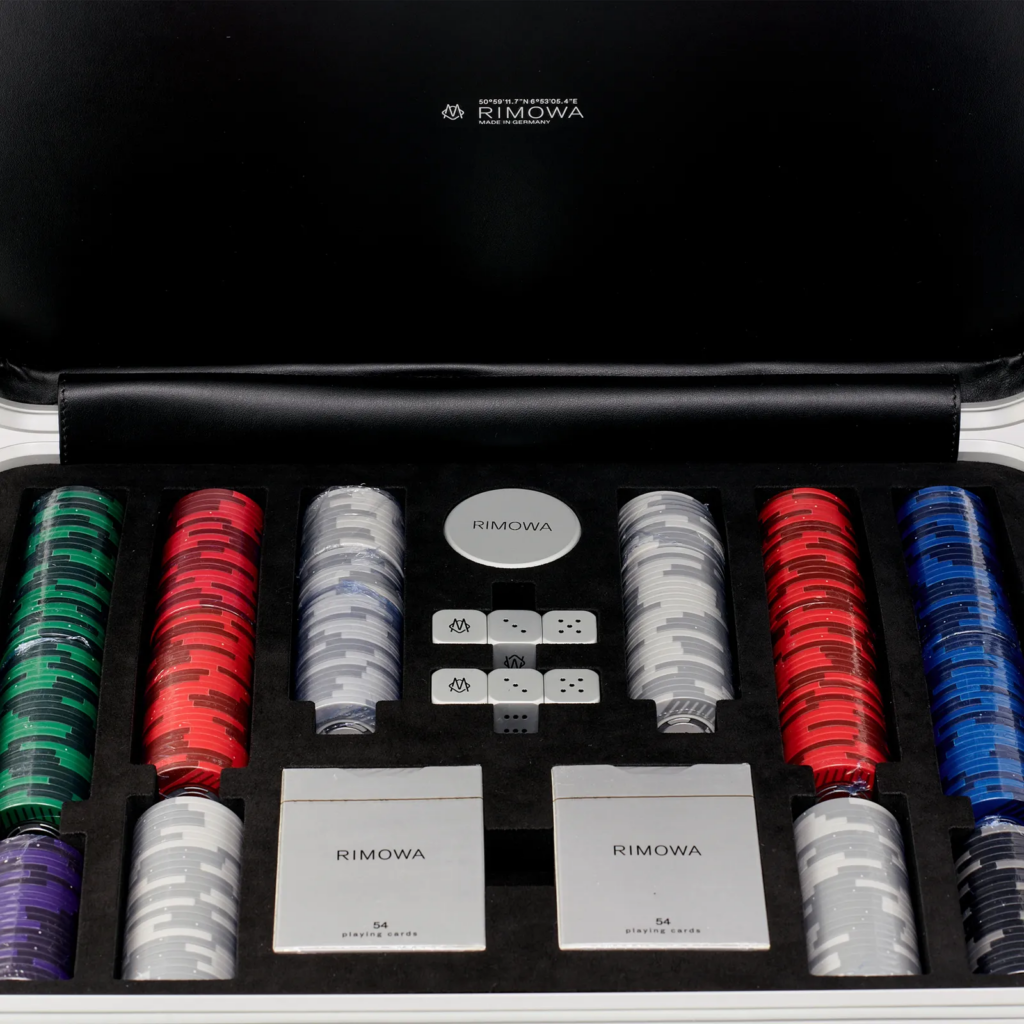
Rimowa’s luggage products adapt to every situation while still adding a traveler’s personal touch. The brand uses the concept of “persönlichkeit” (“personality” in German) to describe aluminum, arguing that the material “reflects the personality of the user” and encourages them to express their individuality. The dents, scratches or stickers accumulated during the journey are valued as witnesses of the passage of time. Beyond the concept of personalization and customized experience, Rimowa’s luggage becomes a true “memory passport” that maintains an intimate connection with the user.
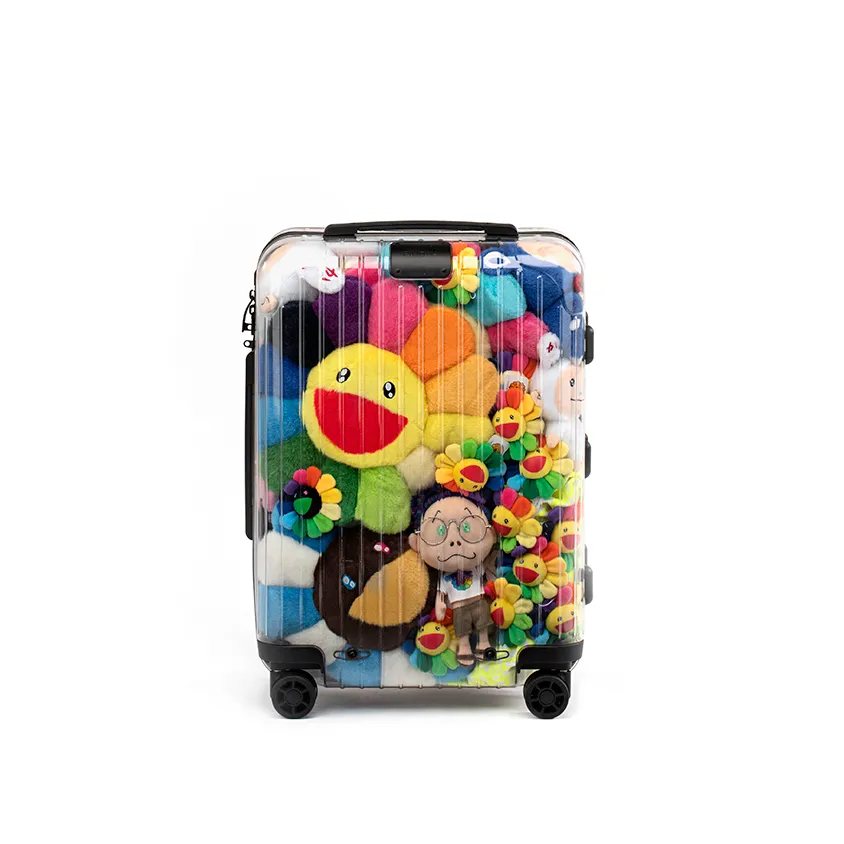
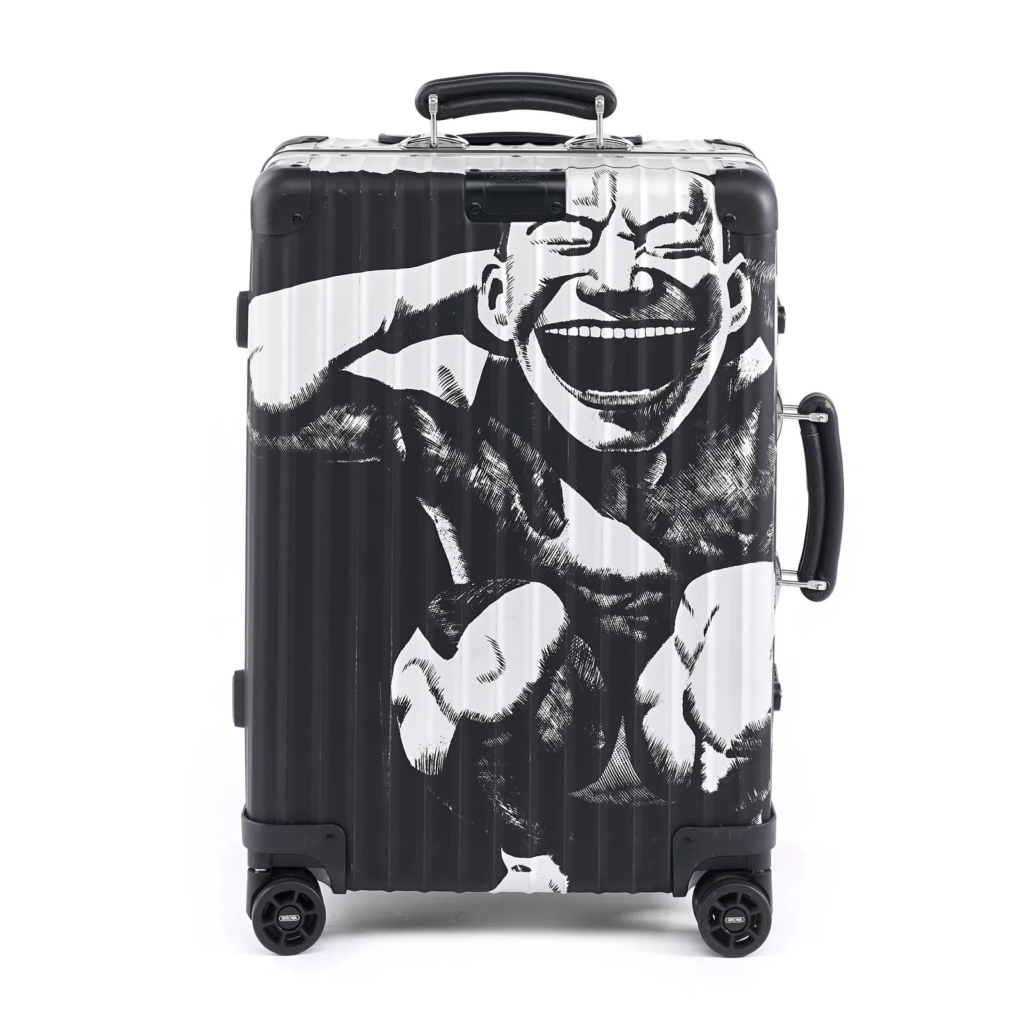
Rimowa luggage with creativity
Part of the LVMH Group since 2016, close collaborations with other brands, including Supreme, Palace, Dior or Off-White, as well as special editions with artists or athletes, enrich the creative energy and freedom inherent in travel, for example for Luggage designed to protect Roger Federer tennis racquets. The suitcase has transformed from an ordinary object into a work of art. Rimowa also actively calls on artists to invest in their creativity and reinterpret it through the “As Seen By” series. For example, artist Fabian Bergmark Näsman created an angular version of the Original suitcase, based on the Support for creation continues to increase, and a competition for young designers “Rimowa Design Prize” will be launched in 2022. From the initial pure use, to integrating technology to improve more functions, and now pursuing both specialness and aesthetics, Rimowa has successfully created a dominant universe of luggage.
